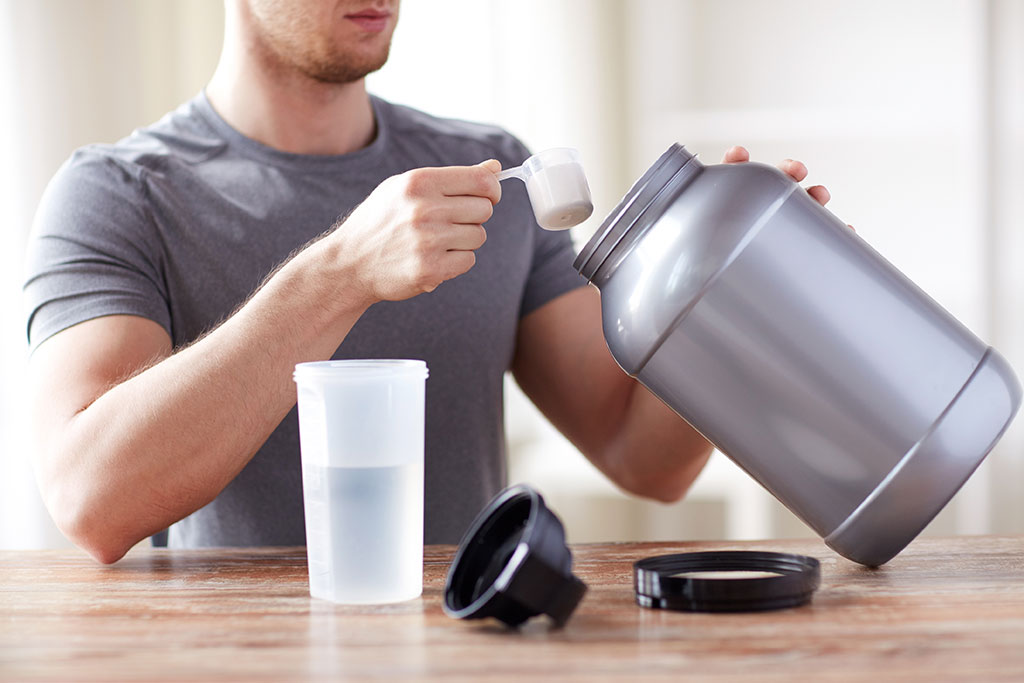
Your patients will sometimes ask you about whether or not a particular medicine or supplement is permitted in sport. This might seem a trivial question, but to the person asking it is a very serious question. Sporting people stand to lose their livelihood if they make a wrong decision and take something that is banned. It is not enough to rely on the prescriber’s knowledge – they can be caught out too and come in for heavy censure and potential loss of livelihood, so check before giving something seemingly innocuous to an athlete. If you don’t know the answer, you need to know where to look to find it.
Where to look
One place to look for a quick answer is eMIMS, which can sometimes tell you what you want to know. However, it is not authoritative: eMIMS is only a secondary source.
The first authority is the World Anti-Doping Agency (WADA). It publishes the World Anti-Doping Code. The Code undergoes a major revision every few years (the latest edition takes effect on 1st January 2021) with smaller amendments in the intervening years. The Code has legal force in Australia under the same Act that established Sport Integrity Australia (SIA, previously known as the Australian Sports Anti-Doping Authority or ASADA).
WADA also publishes the Prohibited List, updated annually. This contains a comprehensive list of banned substances. Most are banned absolutely, but some are only prohibited in certain sports and/or during competitions. Beta-blockers, for example, fall into the latter category – they are banned in sports that require fine motor control, such as snooker or rifle shooting.
SIA’s website is the best place to look for information local to Australia. You should be aware that individual sports may have rules additional to those of WADA and SIA. The particular national sporting organising body should be consulted.
In the ACT, there is separate legislation that applies to ACT competitors. It works in conjunction with SIA’s powers.
Supplements
These are substances that can have amino acids, proteins, vitamins, minerals, or herbs – either separately or much more commonly in a myriad of combinations. Supplements are particularly dangerous to a sportsperson whether in the form of medication or as dietary modification. Even if the product appears to be safe, you can only be certain if the particular packet you are looking at has been independently tested. The label can lie and often does. In 2016, a survey of 67 different common products available in Australia found that 20% of them contained at least one banned substance. None of the suspect packs listed the banned substance on the packaging. Some supplements are big tins of powder with no therapeutic claims apart from vague statements like “may help to boost your immunity” – these are just Russian roulette for athletes.
Regulation
A product which makes therapeutic claims must be at least licensed by the Therapeutic Goods Administration and bear an “AUSTL” number, but even then, control is poor – there are no guarantees. If there’s an “AUSTR” number, the product is registered, not merely listed, and is certain to contain what the label says it does. Elevit® is a rare example of a vitamin and mineral supplement that is registered and has real weight behind its claims.
Consequences of poor decisions
- At the 2000 Olympics in Sydney, Romanian gymnast Andreea Raducan was prescribed a cold remedy by her team doctor. It contained pseudoephedrine, which is a banned substance. She was tested, disqualified, and lost her gold medal. The doctor lost his accreditations to the Olympics and to the International Gymnastics Federation.
- Occasionally supplements can be toxic, even lethal if used. Green tea extract has caused liver damage so severe that a liver transplant was required for the patient to survive.
- There is a substance called cardarine (aka GW501516) which improves physical performance: athletes abuse it, and WADA has banned it. Athletes who use it risk their lives, not just their careers, because it is a known potential carcinogen.
- Cassie Fien, a marathon runner, took a supplement she thought was safe: it contained the banned substance higenamine, even though the label did not say so. Her subsequent positive drug test resulted in a nine-month ban on competing.
On average, one athlete per month in Australia tests positive for a banned substance because they used a supplement. That’s one career derailed and possibly prematurely ended every month.
Although the ultimate responsibility for the substances they ingest rests with the athlete, health professionals have a duty to those in their care to give them the information they need to prevent them making a catastrophic decision.
References:
- Australian Sports Anti-Doping Authority Act 2006 (Cth). Fyshwick: Australian Government; 2006.
- Australian Sports Anti-Doping Authority. Blog: “I had 14 days to live”. Fyshwick: Australian Government; 2019.
- Australian Sports Anti-Doping Authority. Supplements: a cautionary tale. Fyshwick: Australian Government; 2020.
- Australian Sports Anti-Doping Authority. Supplements in Sport. Fyshwick: Australian Government; 2020.
- Drugs in Sport Act 1999. Canberra: ACT Parliamentary Counsel; 2011.
- World Anti-Doping Agency. WADA. Montreal: WADA; 2020.
Subscribe Knowledge Centre Updates
Enter your details to receive Knowledge Centre updates
